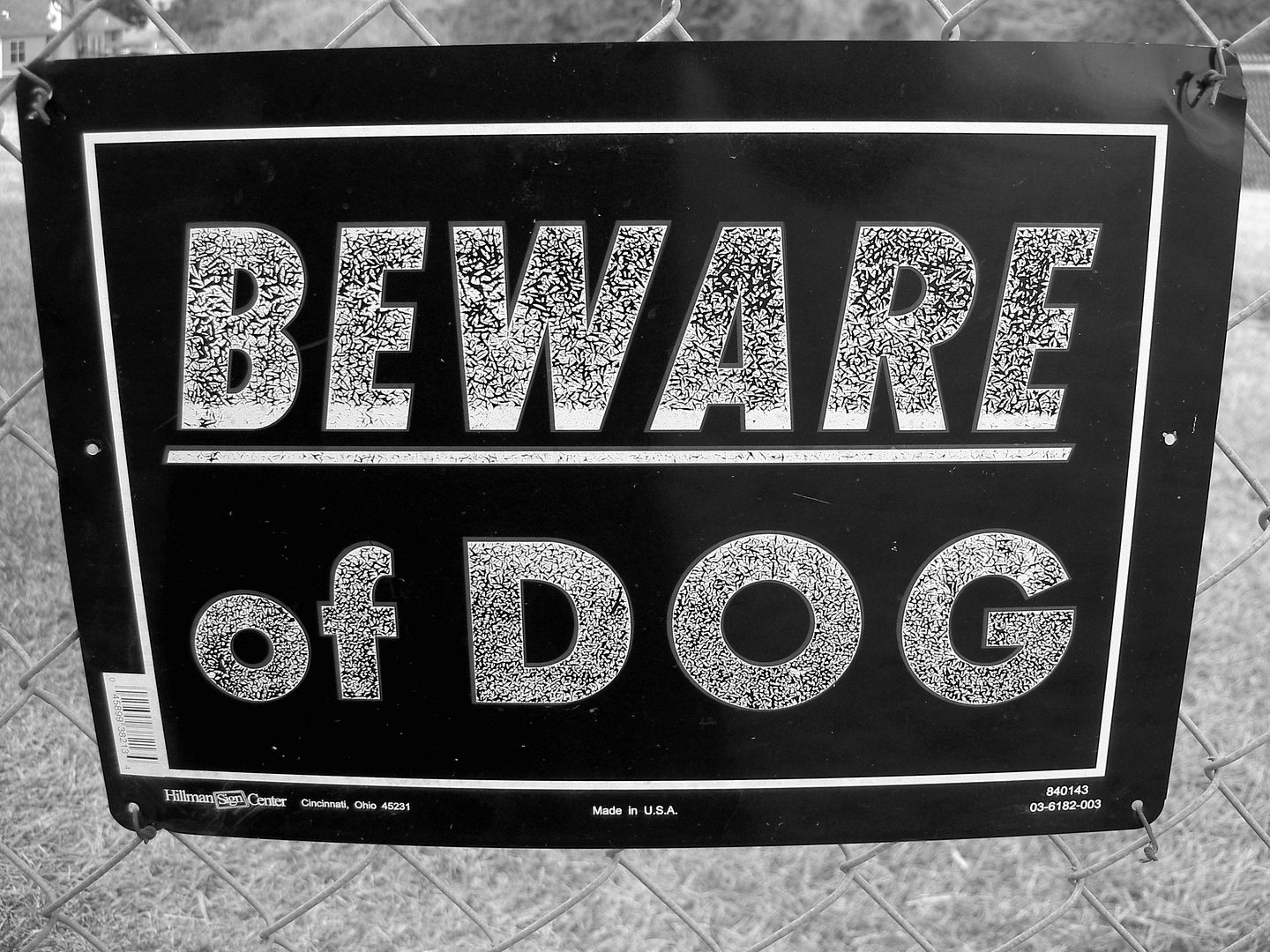Fireworks & Dogs
Is your dog scared of fireworks? If so, he or she is not alone. The numbers of canines who suffer from fireworks fear (aka noise phobia) is estimated to be an astounding 49% of those dogs who fear loud noises.
Fireworks, thunder and gunshot noise were the most common triggers of fear and many dogs actually exhibit more than just one noise phobic issue.
If your pet suffers from fear of fireworks, there are short term strategies you can apply. However, long term resolution should be your goal since the problem only escalates over time.
Desensitizing a dog to fireworks and related noise is possible but it takes time and pre-planning. This means that if you haven’t been preparing in advance for the next fireworks event, you have to take actions that will help in the short term.
It is critical to get your canine into the veterinarian for an exam and some blood work first since a large number of behavior problems (an estimated 61%) are attributed to thyroid dysfunctions.
Relieving your pet of unnecessary stress and fear might be easier if you rule out this issue–or find out if it is in fact contributing to the phobia.
Dog Fireworks Fear Symptoms
A few signs that your canine is scared of fireworks include:
- inability to eat,
- shaking or trembling,
- pacing or restlessness,
- seeking close proximity to the owner,
- shelter seeking (to hide),
- excessive salivation,
- heavy panting,
- increased yawning,
- fear positioning (tail tucked, ears back, cringing),
- destructive behavior (chewing or scratching),
- self-mutilation (nervous chewing or licking),
- loss of bladder or bowel control,
- anal gland discharge,
- vomiting,
- stress related vocalizations (whining, howling, barking),
- attempts to escape (bolting or running blindly).
Perhaps you have your own dog’s symptoms to add to this list?
The overall trend is for dog fireworks fear to get worse over time.
Again, take the time to get over to a veterinary clinic for help and specific aids as soon as you can.
If your vet isn’t a board certified behavior specialist, get a referral from him or her to someone who is qualified to help.
Okay, time for some quick tips.
Dog Fireworks Fear Safety Tips
- Keep your animals primarily inside during firework displays and for a few days to a week prior to and just after the holiday.
- Make sure you have a tag with current information on your pet during this time.
- Tire your pet out with good amounts of exercise the days you expect firework displays.
- Tryptophan helps to relax and calm animals. It is found in turkey and pet supplements. Consider adding it to the diet as a temporary aid.
- If you take your animal outside for toileting or any other activity, make sure they are under physical restraint via a collar and leash.
- Leave your pets safely at home instead of taking them to picnics or other holiday events.
- Play music or turn on a radio station with soothing music to help mask outside noises.
- Buy a plug-in Dog Appeasing Pheromone (DAP) dispenser. This permeates the air with a calming scent and reduces fear and anxiety.
- Keep your pet busy with activities or chew items before the height of noise making occurs.
- Visit your veterinary medical professional and ask for aids such as melatonin. This oral neurohormone often provides help for sensitive animals. Use with the veterinarians dosage recommendation and don’t try to do it yourself.
- Flower remedies are sometimes helpful and work on an energetic level. Five Flower® or Rescue Remedy® mixes may help reduce your pets anxiety. A holistic veterinarian can guide you on alternative options.
- Create a safe haven. If your animal is habituated to a crate you may want to provide confinement for security. Other options you may have available include the bathroom, laundry room, garage, basement, or any other “den” area. The room to choose is one where there are no windows to jump through, or where windows can be blocked off and that are too high and narrow to access.
- Some animals want to hide and will feel safe in a favorite spot, like under the bed. You can create sleeping bag tunnel or similar option for them.
- Plan a party and play at home instead of participating in other events. Making new traditions can be fun and helpful for your pet.
- Consider boarding your pet at a professional kennel for the holiday.
 For longer term strategies you want to work on counter conditioning and desensitization with the help of a professional. A variety of pet music CDs are available with many focused on helping pets overcome noise phobias associated with fireworks, thunder, and other loud bangs.
For longer term strategies you want to work on counter conditioning and desensitization with the help of a professional. A variety of pet music CDs are available with many focused on helping pets overcome noise phobias associated with fireworks, thunder, and other loud bangs.
You might want to order the Noise phobia CD available by Gentle Leader or the F7 Sound & Vison fireworks CD.
Over in the United Kingdom a variety of options are available such as the Sounds Scary CD Pack, Sounds Soothing CD Pack, Clix Noises And Sounds CD For Treatment & Prevention Of Sound Phobias In Dogs, or Sounds CD Behaviour Therapy CD for Dogs.
Help your pet get through this holiday with the above CD and a few products you can order online or pickup through your local pet store.
For the home, I mentioned the Dog Appeasing Pheromone Electric Diffuser (DAP) (there is also a cat product called Feliway) but other options include the Dog Appeasing Pheromone (DAP) Collar or Dog Appeasing Pheromone (DAP) Spray.
HomeoPet Thunder Fireworks Loud Noise (TFLN) Anxiety drops is a specific formula for firework phobic pets but other homeopathic products such as Rescue Remedy can help as well.
Although drug therapy and sedation can work, I prefer using psychopharmacology as the last option.
If you decide to go that route, check with your vet clinic for direction since good supervision and management is vital for success.
Be careful about how you interact with your pet if he or she is stressed.
Reassuring your pet is a good strategy but different from the poor choices of cuddling, petting, holding, and trying to physically relieve the stress behavior symptoms. If you don’t understand the difference, take a minute to read my thoughts on Can you reinforce fear?
Other effective products to add to your arsenal against this issue include anxiety wraps such as Anxiety Wrap, the Thundershirt, or Storm Defender.
Using multiple aids and taking safety precautions during fireworks display can help your pet.
My last word? I have a publication due out on this topic soon. Make sure you sign up on the mailing list so you don’t miss it–and good luck tackling this issue.
Photo Credit: Luf SugarSkull



